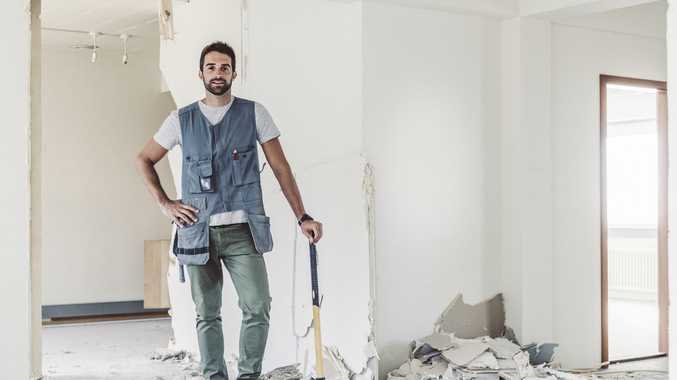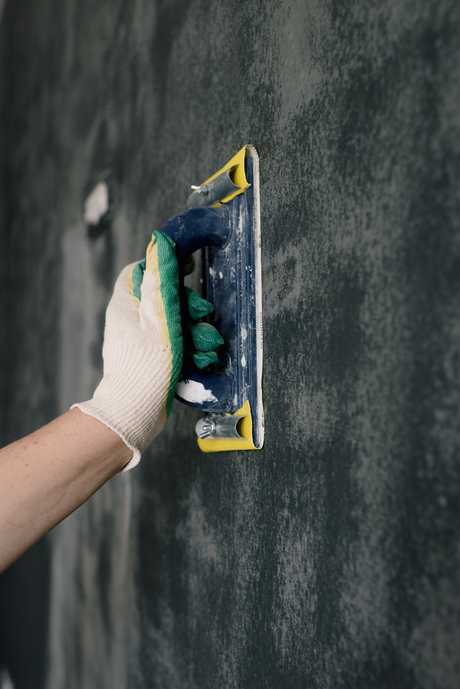
Add value to your home with these simple additions
Renovations or even minor additions can not only make your home more liveable for yourself and your family but add value when it comes to selling it.
Mon 3rd May 2021

They're the famous last words: "How hard could it be?". Many home renovators across Australia rue attempting what they think is a simple renovation project, or making the tiniest mistake. Here's five renovation projects to leave to the experts.
CHOICE reports many appliances such as rangehoods, dishwashers and ovens can be quite complicated to install. Dishwashers, for example, use both electricity and water so there are specific guidelines as to how they should be fitted, such as being anchored properly so they do not tip forward when loaded or unloaded. Rangehoods, meanwhile, may need a power point installed nearby, or a hole cut in the wall to vent it. Leave it to the licensed electricians, plumbers and gasfitters to do the work.
Hire A Hubby advocates against any do-it-yourself project that involves changing structural components, such as a wall. It says the weight of the home is equally distributed from the roof, down the walls, through the floor to the foundation, so if any element is changed, the whole home can be weakened - and no one wants a wall or their roof falling down. It is best to engage a structural engineer or other building professional if considering this work.
It may look like a small job but messing with any electrical work should be completed by an electrician. Master Electricians Australia says working on any electrical device can be dangerous and electricians are trained to assess the risk of a situation, know where it is safe to work and to act accordingly. It says 15 people are killed in preventable electrical accidents in Australia each year on average and hundreds more are treated or hospitalised for a range of electricity-related injuries, so for even simple jobs, it is not worth the risk.
Paint containing high levels of lead was widely used before the 1970s, so removing old paint in an older house comes with health risks. The Federal Government's Environment department reports that even paint from the 1990s may have double the proportion of lead in it than the paint available today. It warns home renovators that they can create lead hazards without realising it, as if old paint is not handled properly, lead dust and paint chips can remain in the home or on the garden years after the work is completed. It urges against blasting, burning, dry scraping, dry sanding and using power tools, as that creates serious dangers from small particles being inhaled or deposited in furnishings and carpet. A professional painter should know and take the correct precautions.

Builders and trades professionals have their own insurance to cover them if things go wrong, so a D.I.Y project can end up costing you big bucks if you accidentally flood your living room or burn down half the house. Home owners should also consider ensuring they have Renovators Home and Contents insurance, especially for large renovations. For particularly large renovations, insurance providers may suspend the existing home and contents insurance as the house has become a building site, that may be dangerous and prone to theft. Call your existing insurance provider to check what cover may exist or need purchasing.
Find experienced trades professionals for the reno projects you shouldn't do yourself at Buy Search Sell.
By Cara Jenkin